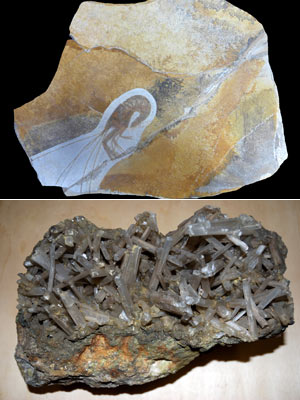
The origin of the Museum of Earth Sciences dates back to 1871, when Giuseppe Gioeni (1747-1822), known naturalist and founder of the Catania Academy of Natural Sciences, donated his private collection of minerals, Etna lavas and fossils from all parts of Sicily to the university. Over the past forty years, the museum heritage has continued to grow thanks to the activity of researchers who have enriched the already existing mineral – petrographic collections and created new ones, containing benthic organisms from different locations in the Mediterranean, South-east Asia, South America, Antarctica and the three Oceans. The Zibrowius collection of Plio-Pleistocene fossils, and the Monterosato collection, donated by Giannuzzi and Riolo, date back to the last decade. The impressive Lugli-Orlandini malacology collection, one of the most important in Italy, also belongs to the museum. Currently, the paleontology section contains collections that make the museum unique in terms of scientific, historical and didactic means. Many of the findings also come from outcrops that have disappeared due to natural causes and human activities. Of note, finally, the collection of Sicilian quaternary mammals, which includes numerous remains and an intact example of the dwarf elephant “Elephas falconeri”.